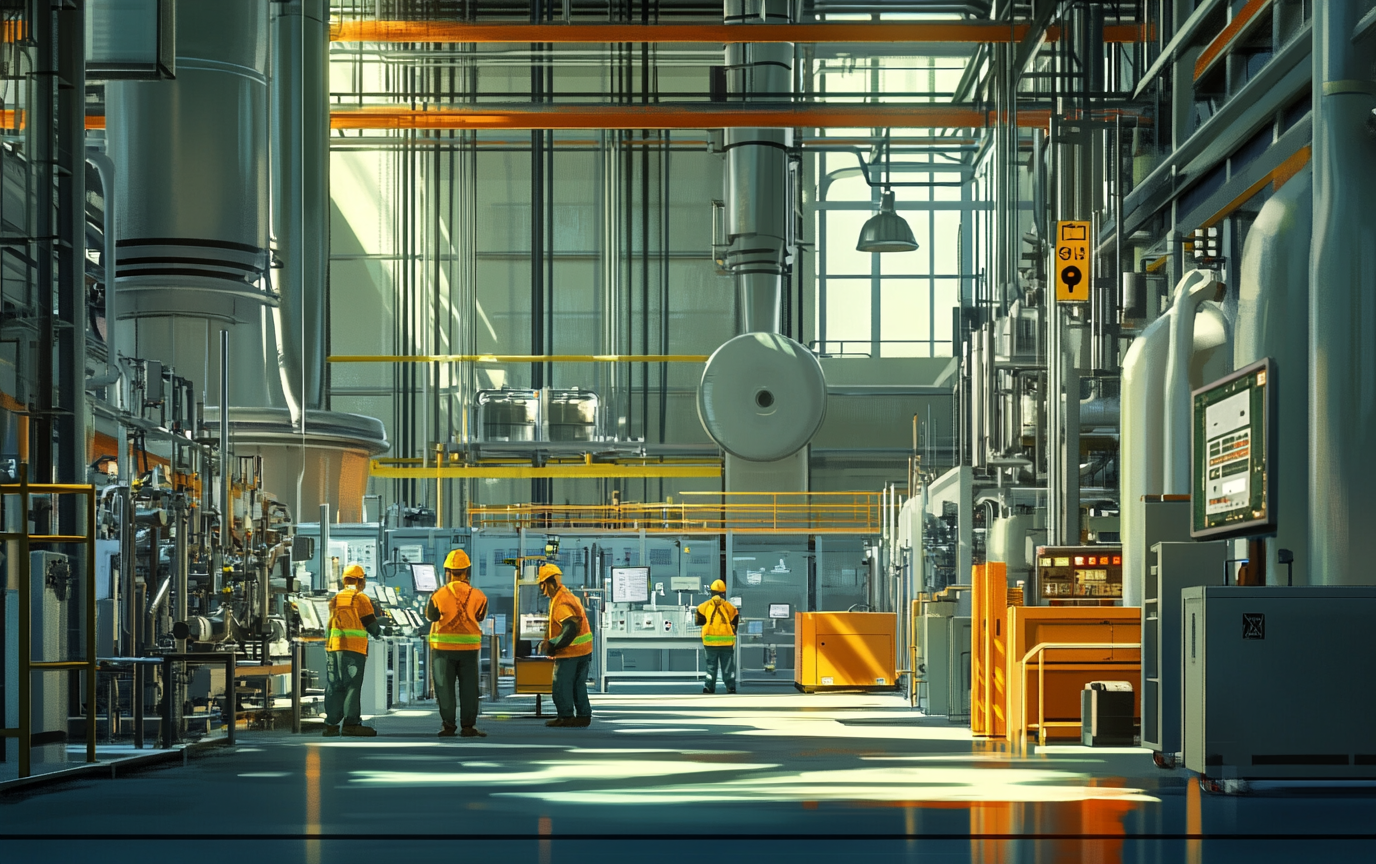The Future of Toxic Gas Detection with Interscan's Cutting-Edge Equipment

Toxic gas detection is a critical aspect of safety in various industries, including oil and gas, chemical manufacturing, and environmental monitoring. Interscan Corporation, a leader in gas detection technology, is at the forefront of developing advanced equipment that enhances safety and efficiency. This article explores the future of toxic gas detection and how Interscan's innovative solutions are shaping the industry.
Advancements in Gas Detection Technology
In recent years, gas detection technology has seen significant advancements. Interscan has been instrumental in integrating cutting-edge technologies such as electrochemical sensors, infrared sensors, and photoionization detectors (PID) into their products. These technologies enable the detection of trace amounts of toxic gases, ensuring a safer working environment.
Electrochemical Sensors
Electrochemical sensors are widely used for detecting toxic and combustible gases. They operate by measuring the electric current generated when a gas reacts with an electrode. Interscan has improved the sensitivity and selectivity of these sensors, allowing for the detection of gases in complex environments.
Infrared Sensors
Infrared toxic gas detector by measuring the absorption of infrared radiation by gas molecules. Interscan's advancements in this technology have resulted in improved accuracy and response times, making them ideal for portable and remote monitoring applications.
Photoionization Detectors (PID)
PIDs are effective for detecting volatile organic compounds (VOCs) and other hazardous gases. Interscan has focused on miniaturizing PID technology, enabling the integration of these sensors into compact, portable devices.
The Role of Artificial Intelligence
Artificial intelligence (AI) is transforming the gas detection landscape. Interscan is leveraging AI to enhance data analysis and improve the accuracy of gas detection systems. By utilizing machine learning algorithms, Interscan's equipment can identify patterns and predict potential gas leaks, allowing for proactive safety measures.
Integration with the Internet of Things (IoT)
The integration of gas detection systems with IoT technology is another significant trend shaping the future of toxic gas detection. Interscan's equipment can connect to a centralized network, enabling real-time monitoring and data analysis. This connectivity allows for immediate alerts and responses to potential hazards, enhancing workplace safety.
Real-Time Data Logging and Monitoring
Interscan's gas detection systems feature real-time data logging capabilities, which are crucial for maintaining safety standards. Continuous monitoring of gas exposure levels helps identify potential hazards and ensures compliance with safety regulations. This feature is particularly important in industries where toxic gas exposure can have severe consequences.
Oil and Gas
In the oil and gas sector, gas detection is vital for preventing accidents and ensuring operational efficiency. Interscan's advanced sensors can detect leaks and monitor emissions, helping companies comply with environmental regulations.
Chemical Manufacturing
The chemical industry faces unique challenges regarding toxic gas detection. Interscan's equipment is designed to monitor hazardous gases, ensuring process safety and minimizing environmental impact.
Environmental Monitoring
Interscan's portable gas detection solutions are essential for environmental monitoring. These devices can accurately detect air pollutants and greenhouse gases, aiding regulatory compliance and promoting environmental protection.
Regulatory Changes
Global regulations regarding gas detection and safety standards are continually evolving. Interscan is committed to staying ahead of these changes to ensure their equipment meets or exceeds industry standards.

Sustainability and Environmental Concerns
With a growing emphasis on sustainability, Interscan is focused on developing energy-efficient gas detection technologies. This commitment to environmental responsibility is crucial for meeting the demands of modern industries.
Continuous Innovation
To remain competitive, Interscan recognizes the need for continuous innovation in gas detection technology. Investing in research and development will enable the company to produce cutting-edge solutions that address emerging challenges in the industry.
Conclusion
The future of toxic gas detection is bright, with Interscan leading the way in developing innovative equipment that enhances safety and efficiency across various industries. By leveraging advancements in sensor technology, AI, and IoT integration, Interscan is poised to revolutionize the gas detection landscape. As the industry continues to evolve, Interscan's commitment to innovation and sustainability will ensure that their solutions meet the changing needs of their clients and contribute to a safer working environment.
- Art
- Causes
- Crafts
- Dance
- Drinks
- Film
- Fitness
- Food
- Juegos
- Gardening
- Health
- Home
- Literature
- Music
- Networking
- Other
- Party
- Religion
- Shopping
- Sports
- Theater
- Wellness


